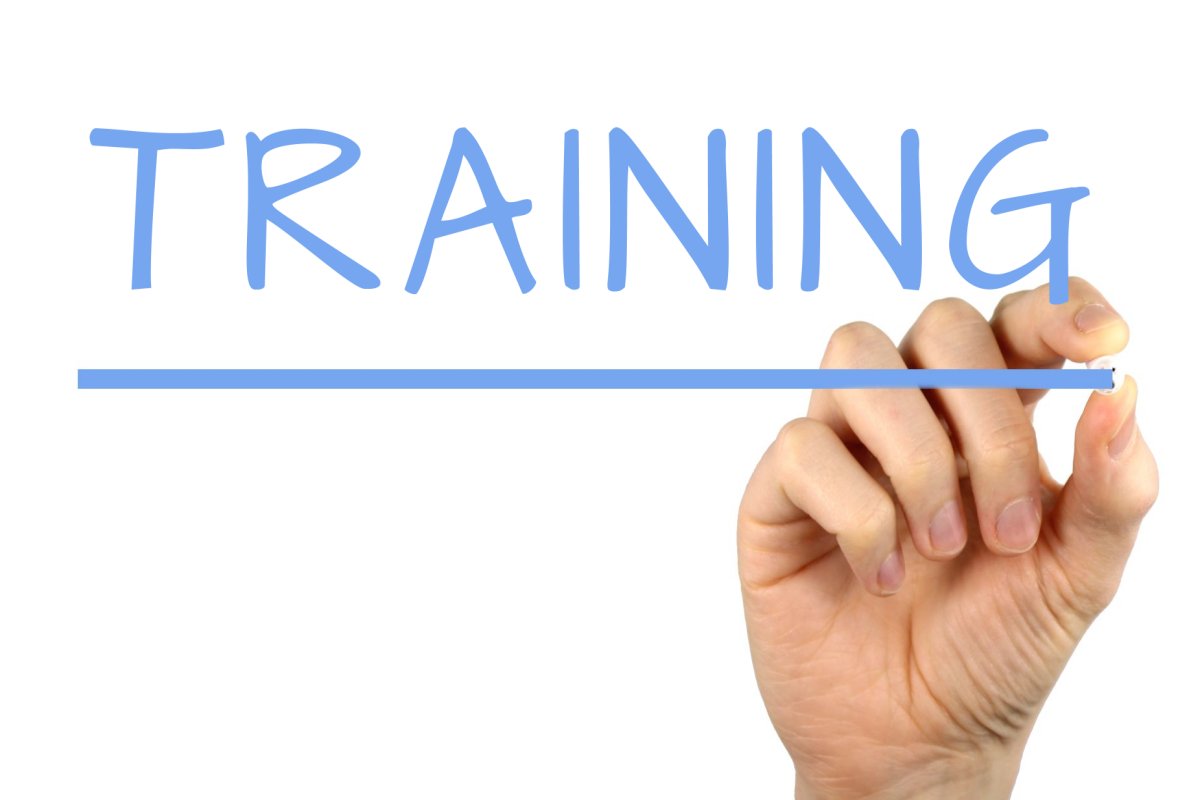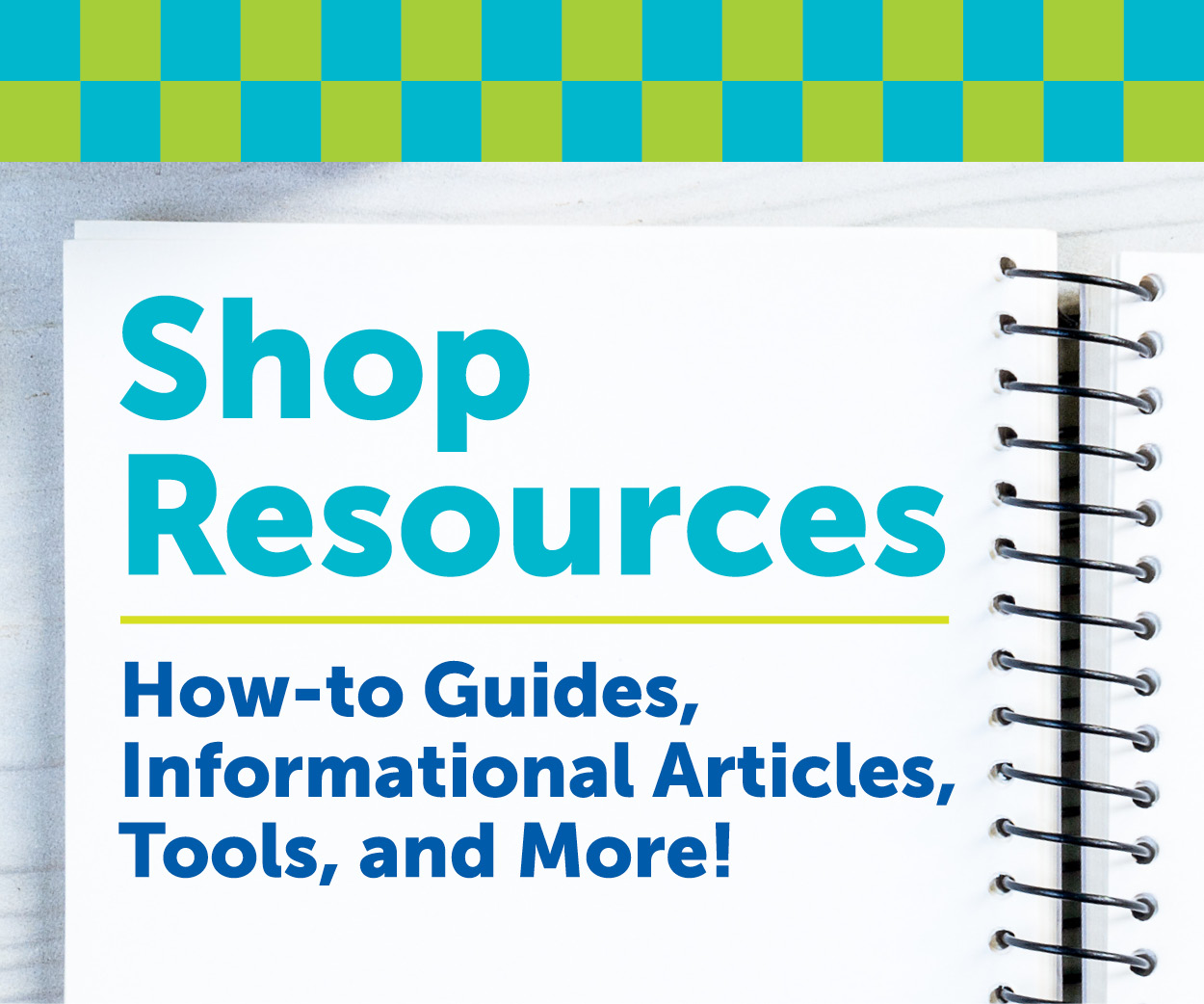
Welcome back to part two of our three part series, Proactive HR, where we walk through six common human resource mistakes and how to avoid them. Read on for more information on employee training and the company handbook.
Employee Training
Fact: 40 percent of new employees leave a job within a year if they’ve received poor training. You may think you don’t have time to train new employees, but to stay ahead of the curve in a competitive marketplace, you’ll need all employees performing at their peak.
The training process should consist of two parts: in-depth onboarding and ongoing development. Onboarding should cover processes and expectations. Consider assigning a “mentor” during this process as well. For ongoing development, keep a consistent training program that ensures your staff are learning new skills on an ongoing basis.
Company Handbook
Not having company policies in writing is asking for trouble. You can face a gamut of problems including legal repercussions if an employee claims they weren’t made aware of company policies, or constant questions from a confused employee. Thankfully, we have an employe handbook template to use as guidance.
In summary, the employee handbook is your business’s guide to policies, procedures, and legal obligations. It should be a general and fluid document revised every two years. Employees should be notified of any updates. It’s also a good idea to have employees sign an acknowledgement they will abide by company policies.
Inspiration for this post comes from “HR Keys to Business Success” by Melisa Morrison published in the December 2022 issue of Creative Retailer. Morrison has over 30 years of experience in Human Resources and is a former quilt shop owner. Stay tuned next week for the final part of the series.
If you’re looking for more information to guide you in owning a retail business, subscribe to Creative Retailer today. Already a subscriber? No worries—join our Facebook group for insights and dialogue from industry specialists like you. And don’t forget, you can always purchase single issues if you prefer that instead.
If you still can’t get enough, register for the Creative Retailer LIVE Spring 2023 event May 2-4 in Pawhuska, Oklahoma for opportunities to learn from peers as well as network with industry professionals.








